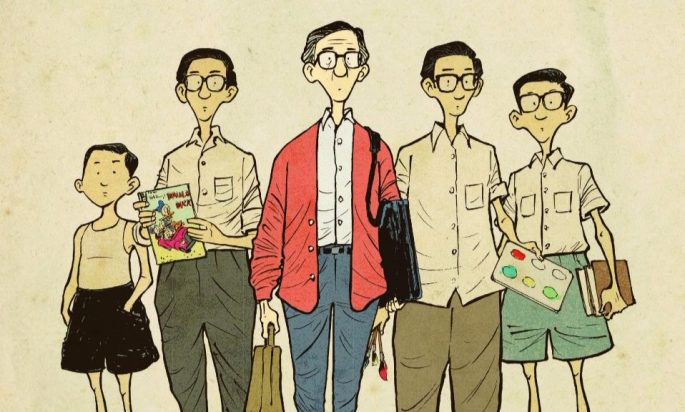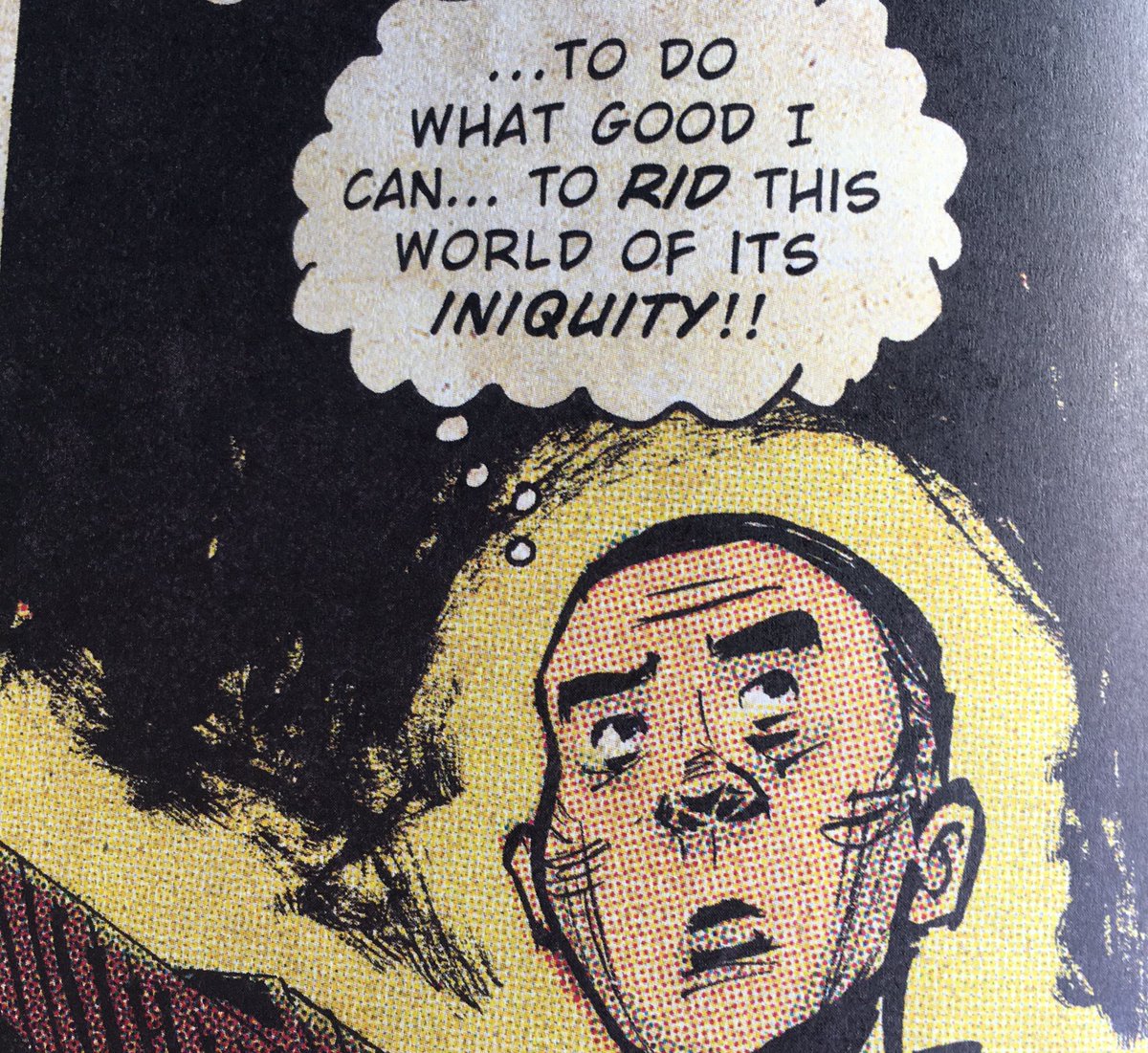For graphic artists, there are must-reads of the genre that direct the eye to advances in the art, and Sonny Liew’s contribution may well be one of those. Liew shows us many types of comic book art, discusses their genesis and early creators, but also seamlessly melds the story of an artist, Charlie Chan Hock Chye, with the story of the political and economic development of Singapore. It is a masterful work of enormous depth and sensitivity that answers questions I’d had when contemplating the entwined histories of Singapore and Malaya.
I really went down the rabbit hole with this work because it has so many layers and levels of reality and history that I immediately wanted to talk to someone about it or hear an interview. I had been constantly walking way from the piece, trying to realign my thinking about who was telling the story. Sometimes it seemed like it was written from the point of view of this artist and comic-book writer, Charlie Chan Hock Chye, born in Singapore in 1939, and all his life aspiring to be Singapore’s own greatest graphic artist and political commentator.
Sonny Liew was merely republishing, or publishing for the first time, Charlie’s work, including a graphic autobiography begun late in his fifth decade of life and left unfinished until his seventh decade. But occasionally Liew would pop in and add commentary since he was showing us only representative pieces and scraps of Charlie’s body of work. Charlie took the writing of episodic and serialized comic novels to the pinnacle of political commentary, making such astute analysis that he was having trouble getting his work published in the conservative political environment of a colonial city-state and its aftermath.
A high point for me was the RoachMan comic series which imagined a man in 1950s Singapore whose back-breaking job it was to collect honey pots of night soil from houses in traditional neighborhoods. One day on his rounds he is daydreaming about the resilience of cockroaches when—suddenly— he is bitten! Over the next days and nights he feels delirious and tingling sensations only to discover when he is nearly mowed down by a car at night that he has acquired new physical abilities…
Of course, it did occur to me to wonder about the choice of a cockroach as a hero, but Liew tells us that Charlie’s idea was picked up and changed slightly for the Spiderman comics that were popularized in the English-speaking western world the following decade. What looks like formerly scotch-taped examples of his pages are reproduced for us to judge, the artwork changing and so amazingly similar to famous Marvel works that we wonder which came first.
All the while, we are experiencing Charlie’s day-to-day reality finding a publisher, and creating characters that reflect the city’s struggle for political leadership. This is no ordinary comic. It is dense with history, drama, commentary, humor, and art. When Liew pops up again to provide commentary—we can tell it is Liew who sometimes writes captions—we need to slow down and ask ourselves which person is talking because it matters to the interpretation—one is concurrent with events and one is long afterward.
Spoilers won’t ruin this piece for you, but I just want to say that the ending is terribly poignant and meaningful; we feel as though Liew has given us a great gift to have introduced us to this unknown cartoonist, who finally finished his autobiography. He’d travelled to Comic Con in San Diego in 1988 after an entire career in comics, bringing with him representative samples of his work. That episode is included in the final pages. I won’t tell you how it turned out—what Charlie saw or who saw him—but suffice it to say it provided grist for mill.
Charlie Chan Hock Chye’s story feels like it has burst onto the scene with the power of a neutron bomb, laying all other artists flat because of its virtuosity and depth. We are intensely curious about how Charlie could escape attention for so long, but also wonder about the connection between Sonny Liew and Charlie. The book won three 2017 Eisner Awards at this year’s Comic Con, for Best Writer/Artist, Best US Edition of International Material—Asia, and Best Publication Design Winner.
Read the book first, and then get a taste of how it has been received in the U.S. by checking out the Comics Syllabus 008 podcast produced by Paul Lai who interviews Sonny Liew about the book. Also, below I have posted a short Epigram Books clip of Liew talking about the book’s conception and execution. But read the book first. Get the whole experience.
You can buy this book here:
 Tweet
Tweet



No comments:
Post a Comment